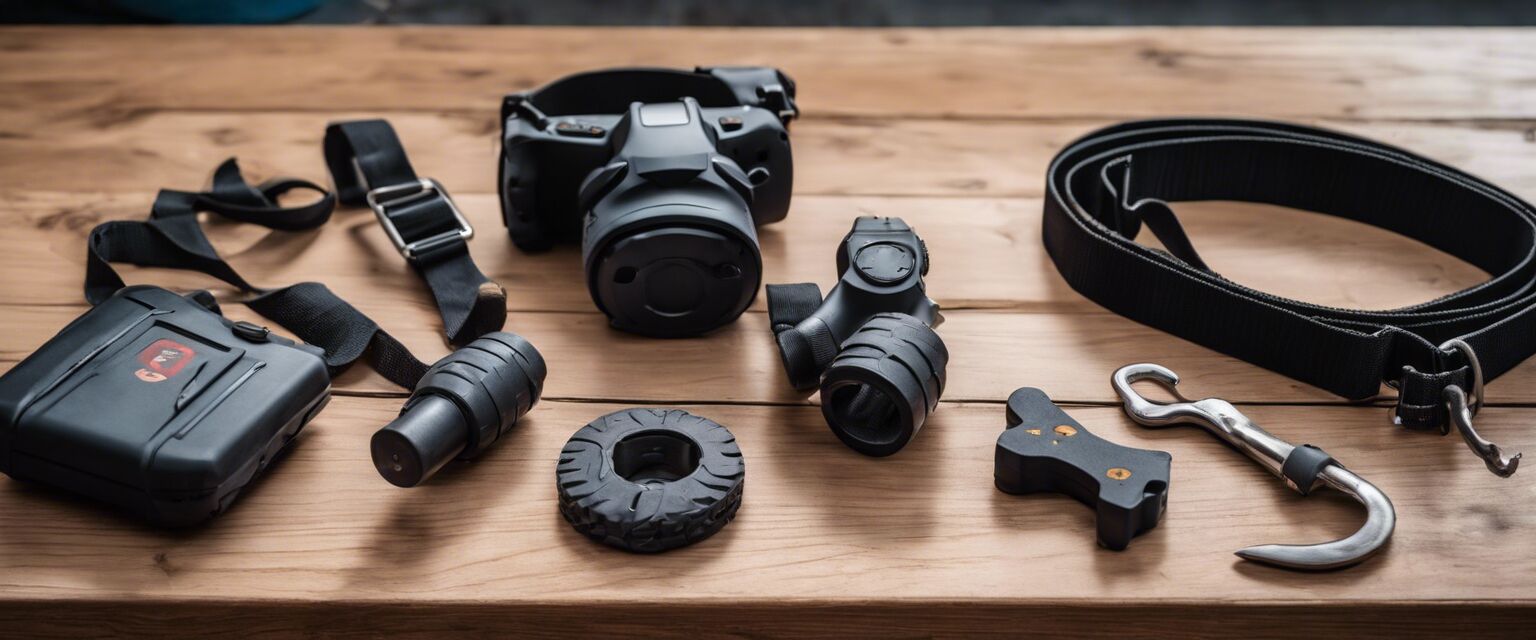
Leash Training and Walking
Key Takeaways
- Start leash training early for better results.
- Use positive reinforcement techniques.
- Choose the right equipment for your dog.
- Practice regularly in varied environments.
- Be patient and consistent throughout the training process.
Leash training is an essential skill for dog owners. Teaching your furry friend to walk politely on a leash not only makes walks more enjoyable but also ensures safety for both you and your dog. In this comprehensive guide, we will explore effective techniques, tips, and common mistakes to avoid during leash training.
Understanding the Importance of Leash Training
Leash training helps your dog develop good walking habits. A well-trained dog is more manageable during walks, reducing the risk of accidents and making outings more enjoyable. Here are some reasons why leash training is crucial:
- Enhances safety for both dog and owner.
- Encourages good behavior in public spaces.
- Strengthens the bond between you and your dog.
Choosing the Right Equipment
Before you start training, it's important to have the right equipment. Hereâs a brief overview of the most common options:
| Equipment | Description | Best For |
|---|---|---|
| Standard Leash | A basic leash that provides control. | General walking and training. |
| Adjustable Leash | Allows you to change the length of the leash. | Flexibility for different situations. |
| Harness | Wraps around the dog's body for better control. | Dogs that pull or have respiratory issues. |
| Head Collar | Control the dog's head to reduce pulling. | Dogs that are strong pullers. |
Effective Techniques for Leash Training
Training your dog to walk nicely on a leash requires consistency and patience. Here are some effective techniques:
1. Start Indoors
Begin training in a distraction-free environment. Allow your dog to get used to wearing the leash and harness.
2. Use Positive Reinforcement
Reward your dog with treats or praise whenever they walk beside you without pulling. This encourages them to repeat the behavior.
3. Practice Short Sessions
Keep training sessions short and engaging. Aim for 5-10 minutes initially, gradually increasing the duration as your dog becomes more comfortable.
4. Stop When They Pull
If your dog pulls, stop walking. Wait for them to return to your side before continuing. This teaches them that pulling does not result in progress.
5. Change Directions
If your dog is fixated on something ahead, change your direction. This helps redirect their focus back to you.
Common Mistakes to Avoid
Here are some common pitfalls to avoid during leash training:
- Pulling the leash can create more resistance.
- Using negative reinforcement can damage the bond with your dog.
- Skipping training sessions can lead to inconsistent behavior.
Training in Different Environments
Once your dog is comfortable walking on a leash indoors, gradually introduce them to different environments:
- Parks with distractions like other dogs and people.
- Busy streets with various sounds and sights.
- Quiet neighborhoods to reinforce good behavior.
Helpful Training Aids
Consider using training aids to enhance the learning experience:
| Training Aid | Description | Benefits |
|---|---|---|
| Clicker | A tool that makes a distinct sound. | Helps mark desired behavior instantly. |
| Treat Pouch | A pouch to hold treats during training. | Easy access to rewards during walks. |
| Training Books | Books that offer tips and strategies. | Provides additional techniques and insights. |
Maintaining Good Behavior
Once your dog has mastered leash walking, itâs important to maintain the behavior:
- Continue to reward good behavior.
- Regularly practice in various environments.
- Stay attentive to any signs of regression.
Conclusion
Leash training is a vital skill that enhances the bond between you and your dog. By employing positive reinforcement techniques and remaining patient, you can teach your dog to walk politely on a leash. Remember to choose the right equipment, practice regularly, and make training a fun experience for both of you.
Pros
- Improves safety during walks.
- Enhances the bond between owner and dog.
- Promotes good behavior in public.
Cons
- Can require time and patience.
- Some dogs may take longer to train.
Tips for Beginners
- Start training in a quiet area.
- Use high-value treats for motivation.
- Be consistent with your commands.
- Stay calm and relaxed during training.







